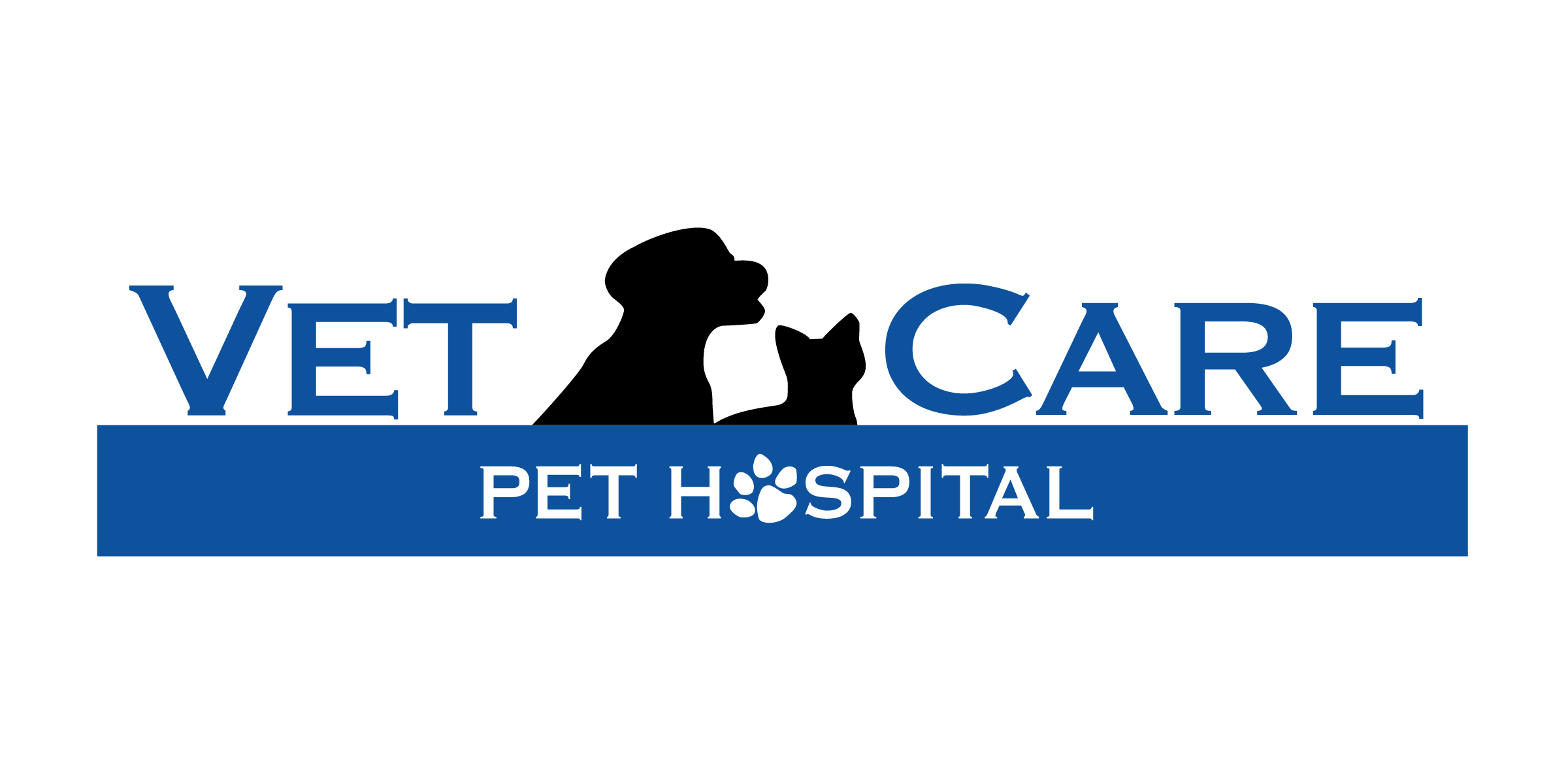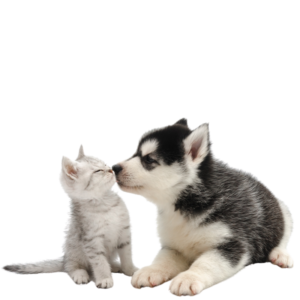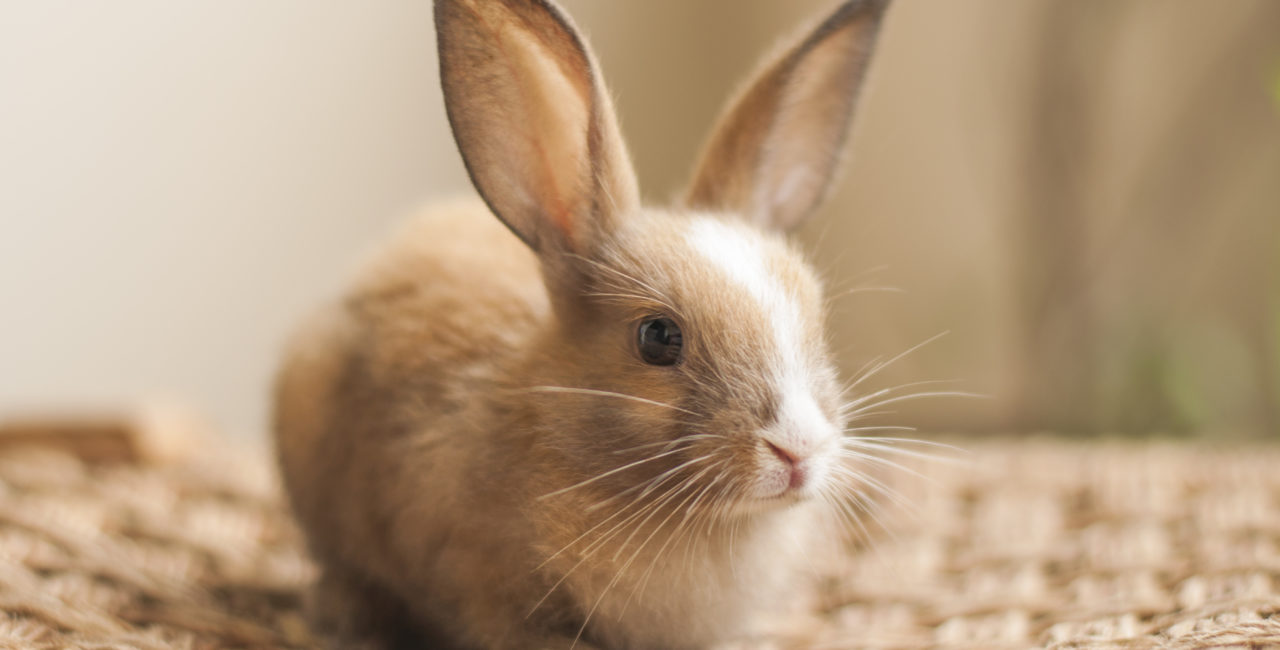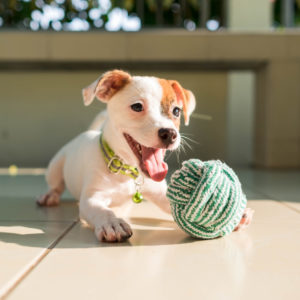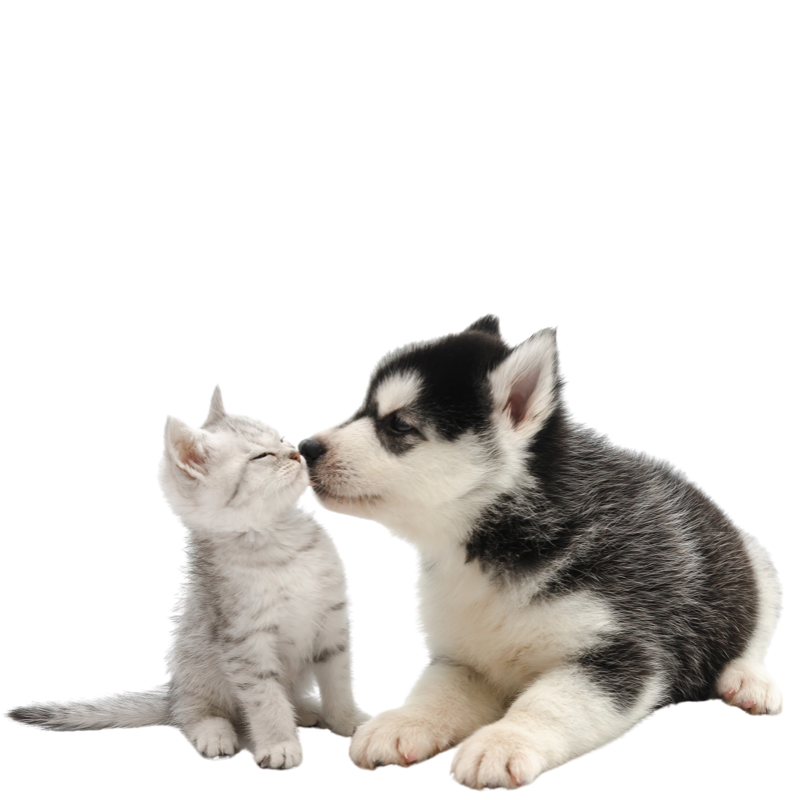Rabbits are becoming more popular as house pets. However, many adopt new pet rabbits without first researching the proper way to take care of them, and because of that they end up with various health issues that could have been prevented. Here are all of the things you need to know if you want to bring a new pet bunny into your home.
DIET
Rabbits are herbivores, meaning they eat plants. They’re built for a diet consisting of mainly large amounts of grass and leaves, as well as some flowers and fruits. GRASS HAY is the most important part of a rabbit’s diet. Examples of grass hay include timothy hay, meadow, oat, rye, barley and Bermuda grasses. Rabbits should have grass hay available to them at all times. It’s rich in vitamins, minerals and proteins and encourages healthy GI motility and the appropriate wearing down of teeth through chewing, and also decreases inappropriate chewing of other objects. Furthermore, grass hay helps create a full feeling in the rabbit’s stomach to prevent overeating and obesity. It’s proper for all ages. It’s suggested to feed a variety of two or more different types of grass hay. It is also better to feed sun dried hay over commercially dried hay because it retains more of its nutrients.
Another type of hay available is legume hay, such as alfalfa and clover. Legume hays aren’t recommended because they have more calories, calcium and protein than a regular pet rabbit requires and may lead to GI disorders and obesity. It isn’t even recommended to mix grass hay and legume hay because the rabbit may pick out only the legume hay and overload on calories. It is also important not to feed straw because it’s nutrient-free and will cause severe nutritional deficiencies if it is a key part of their diet.
Another important part of a bunny’s diet is GREEN FOODS. Green foods include dandelion greens, collard greens, kale, romaine lettuce, broccoli, brussel sprouts, celery and parsley. Green foods have all the same nutritional benefits as hay, but contain a broader selection of nutrients and also provide water to the diet. This is very important because rabbits don’t always drink as much as they should. If you feed the bunny a lot of greens, it is normal for them to drink less water. Green foods are great for the kidneys, bladder, and gastrointestinal tract. The diet shouldn’t consist of primarily green foods since they don’t have enough calories to sustain a rabbit’s normal body weight. Green foods are appropriate for all ages of rabbit. If it’s possible, you should buy organic or grow your own green foods, and make sure to wash all greens first. It is recommended to feed at least 3 varieties of greens daily.
You should also include FRUITS AND VEGETABLES in your rabbit’s daily diet as treats. They can be used as a reward during training as well. Fruits and veggies are much healthier and cost less than commercial rabbit treats, which should be avoided because most are high in starch and fat and can cause serious health concerns. Examples of natural treats you can give to your bunny include apples, blackberries, blueberries, raspberries, cherries, cranberries, carrots, green or red bell peppers, mango, peach, pineapple and squash. You can also feed dried fruits, but should reduce to one third of the normal amount because they are so concentrated. Bananas and grapes are not recommended because rabbits can get hooked on these foods and may not want to eat anything else.
COMMERCIAL PELLETS should only be fed as a small portion of a rabbit’s diet. It is easy to overfeed pellets because they don’t cause the feeling of fullness they get from eating hay, and the high level of calories can lead to obesity. Pellets also do not promote normal tooth wear, and the lack of chewing may lead to behavioural problems. The lack of water content could also result in urinary tract disease. Ideally, commercial pellets should only be 10% of a rabbit’s diet.
Foods that you should completely AVOID FEEDING rabbits include high starch and fatty foods, like beans, bread, cereals, chocolate, corn, nuts, oats, peas, refined sugar, seeds, wheat, or any other grains. It is also not necessary to feed a healthy rabbit vitamins or other nutritional supplements because they will consume it in their diets, if fed properly. Misuse of these supplements can lead to severe medical issues.
WATER should be available at all times for your bunny and changed daily. A dirty water container can be a breeding ground for bacteria. You can use either a water bottle or a heavy bowl secured to the side of the cage to avoid tipping.
ENVIRONMENT
A rabbit’s CAGE should allow them to stand on their hind legs without hitting their heads on the top of the cage, have space for a litter box and a resting area, be easy to clean, and be made of metal or another indestructible material. Cages should be kept in a cool and well-ventilated area. It’s not recommended to place your rabbit’s cage in the basement because it is usually too damp and could cause respiratory disease. If the area is too hot, the rabbit can potentially suffer from fatal heat stroke.
Rabbits can be caged outdoors, although it is not ideal. If they are going to be outside, they will require shelter from precipitation and extreme temperatures. They should be safe from predators like dogs, coyotes and raccoons. The cage should be kept clean to not attract parasitic insects. In the winter, straw bedding can be used as insulation. The water bowl should be changed daily, especially in the winter when it can freeze.
Pet rabbits should never be kept in a cage at all times. They need daily exercise to stay healthy, and to prevent physical or behavioural disorders. Rabbits should be let out into a larger EXERCISE AREA to run, jump and move around for at least a few hours every day. If you don’t want to give your bunny free access to the home, you can buy a pen or make one with exercise fencing panels for dogs, which are found at most pet stores. The pen should be at least 3 feet tall. This will keep the rabbit away from furniture, electrical cords and toxic materials around the house. You can also place a pen outside to allow the rabbit access to grassy areas, but never leave them outside unsupervised.
If you do allow the bunny to freely roam the house, you should first rabbit-proof the area. Block all escape routes out of the home, and cover or block all electrical cords. You can also cover your furniture to protect it from teeth or claws. Remove all toxic plants, rodenticides, insecticides and other toxins from your rabbit’s reach.
Rabbits can be LITTER BOX trained very easily. Restrict the rabbit to a small area and place a litter box in the corner, preferably where the rabbit has already chosen to go to the bathroom. Sides should be low enough so the rabbit can get in and out without difficulty. You can place some droppings in the litter box to encourage the bunny to use it, as well as some hay. Rabbits tend to pass stools while eating. There should be one more litter box provided than the number of rabbits in the home.
The best bedding to use in the litter box is pelleted litter. It is non-toxic and if eaten, it is digestible. It also draws moisture away from the surface, keeping it drier and controlling odor well. Do not use clay or clumping kitty litter because if the rabbit ingests it, it could cause a potentially fatal intestinal blockage.
Rabbits also need a RESTING/HIDING AREA in their environment. A box full of hay is enough for some rabbits, while others prefer an enclosed box to hide in. You can use an untreated wicker or straw basket, litter pan, or a cardboard box with an entrance hole and bottom removed. If the cage has a wire floor, they should also be provided with a solid area they can rest, with washable or disposable material. Don’t use carpet squares because they are not absorbent, are abrasive to their little feet, and they can’t be cleaned. They can also be easily eaten and are the #1 cause of obstruction in rabbits.
Lastly, they should be provided with plenty of toys for mental stimulation and to help wear down the teeth. Dry branches from untreated trees, wooden chew toys for birds, and unfinished, unpainted wicker or straw baskets are perfect chewing toys for rabbits. They also like things that can move, such as toilet paper rolls, small empty cardboard cartons, and small piles of shredded paper, or air filled balls. You can hide treats in their toys to encourage foraging behaviour.
HANDLING
Your rabbit’s backbone is fragile and can fracture very easily if the rabbit gives a strong kick, so it is always important to support the hind end. Never pick a bunny up by the ears because it’s painful for them and simply not necessary. It’s better to grasp the loose skin over the shoulders and scoop the rabbit up under the chest. Then, place the other hand under the back legs to lift from the floor. When you’re first learning how to handle a rabbit, it’s better to practice close to the floor so that if the rabbit jumps out of your arms, it won’t be a big fall.
SPAYING/NEUTERING
Spaying and neutering your cat or dog is a very important and beneficial decision to make, and that is no different when it comes to your pet rabbit. The best age to spay/neuter a rabbit is between 4-6 months of age, which is just before they reach sexual maturity. A rabbit should always be examined by a veterinarian prior to anesthesia to ensure it is healthy enough for surgery.
Spaying is the surgical removal of uterus and ovaries, and is especially important because it prevents a very common malignant cancer in rabbits called UTERINE ADENOCARCINOMA, occurring in approximately 80% of unspayed females over the age of 2. This cancer spreads rapidly to other organs and is not treatable once it does so. Spaying would also be crucial in a home with males and females living together to prevent a PREGNANCY from occurring. Other uterine diseases you would avoid include pyometra (when the uterus gets infected and fills with pus), uterine aneurism (blood clot in the uterus), and endometritis (inflamed uterine lining).
There aren’t many common reproductive diseases in male rabbits, however some potential issues include testicular abscesses from bites, hematomas, and testicular cancer. Male rabbits also have a tendency to have AGGRESSION issues around 8-18 months of age, and can also start spraying to mark territory. All of these issues can be prevented by getting your rabbit neutered, which means surgically removing the testicles. The aggression can only be controlled if the neuter occurs before the behavior begins or shortly thereafter.
Written by VetCare Pet Hospital
